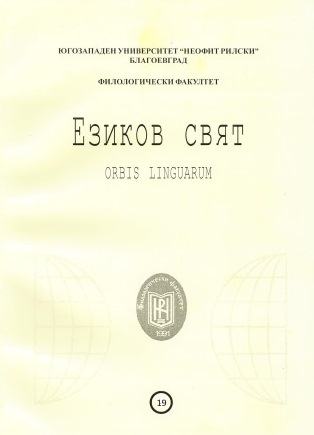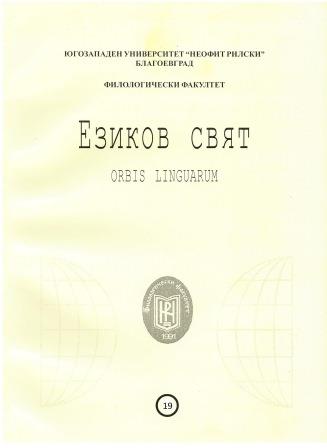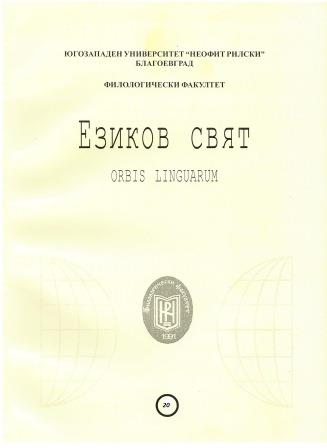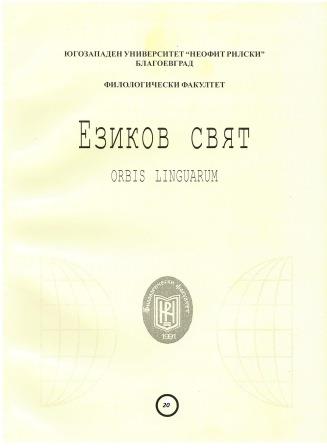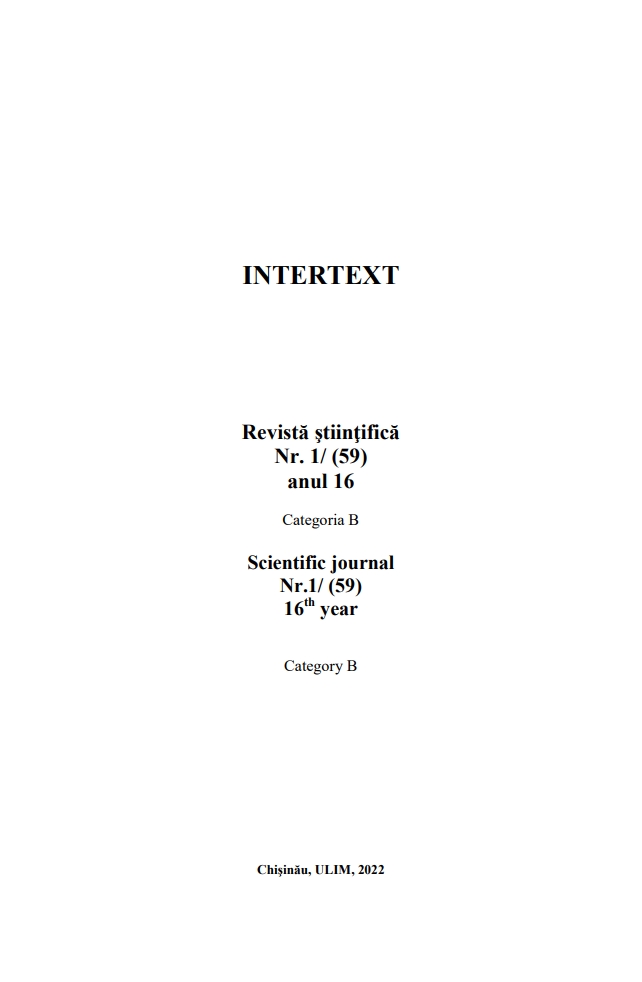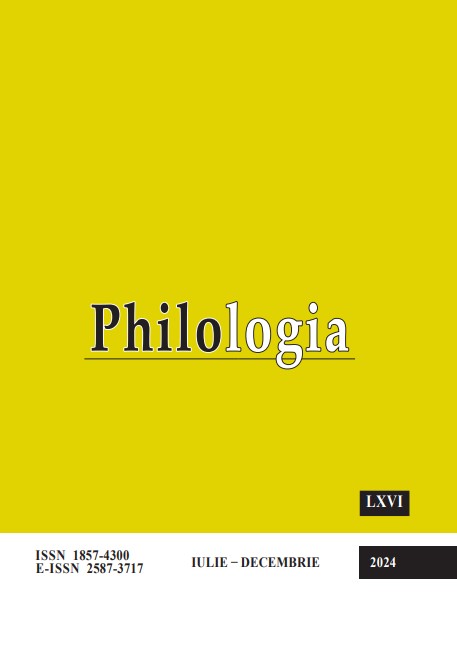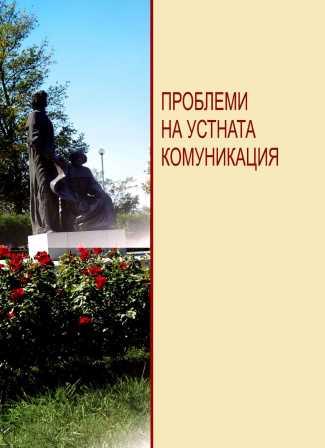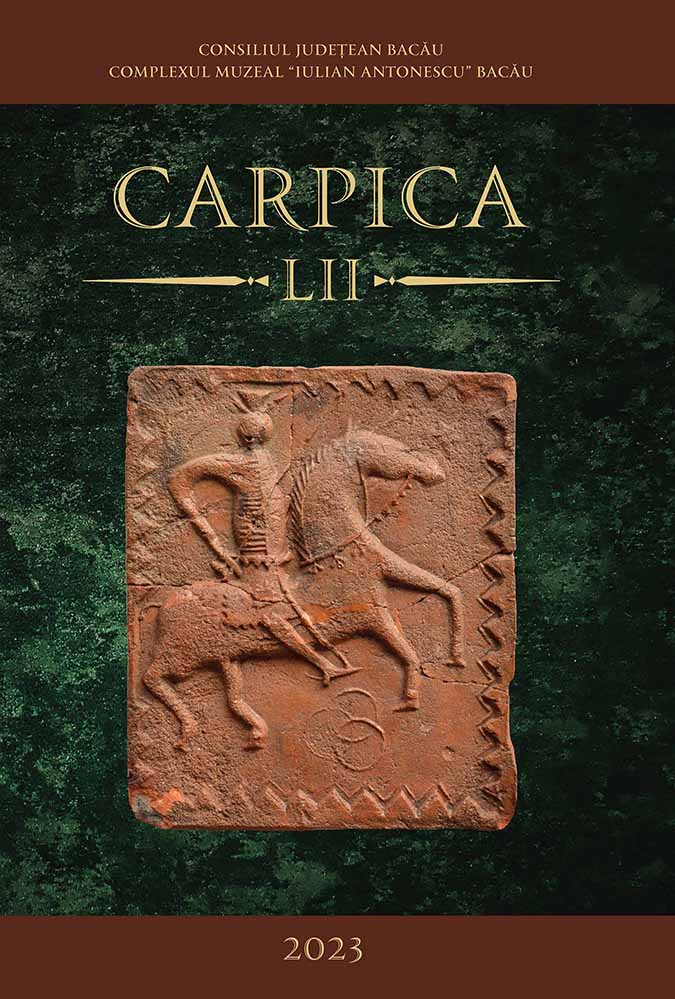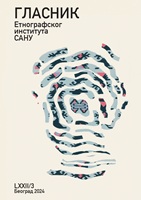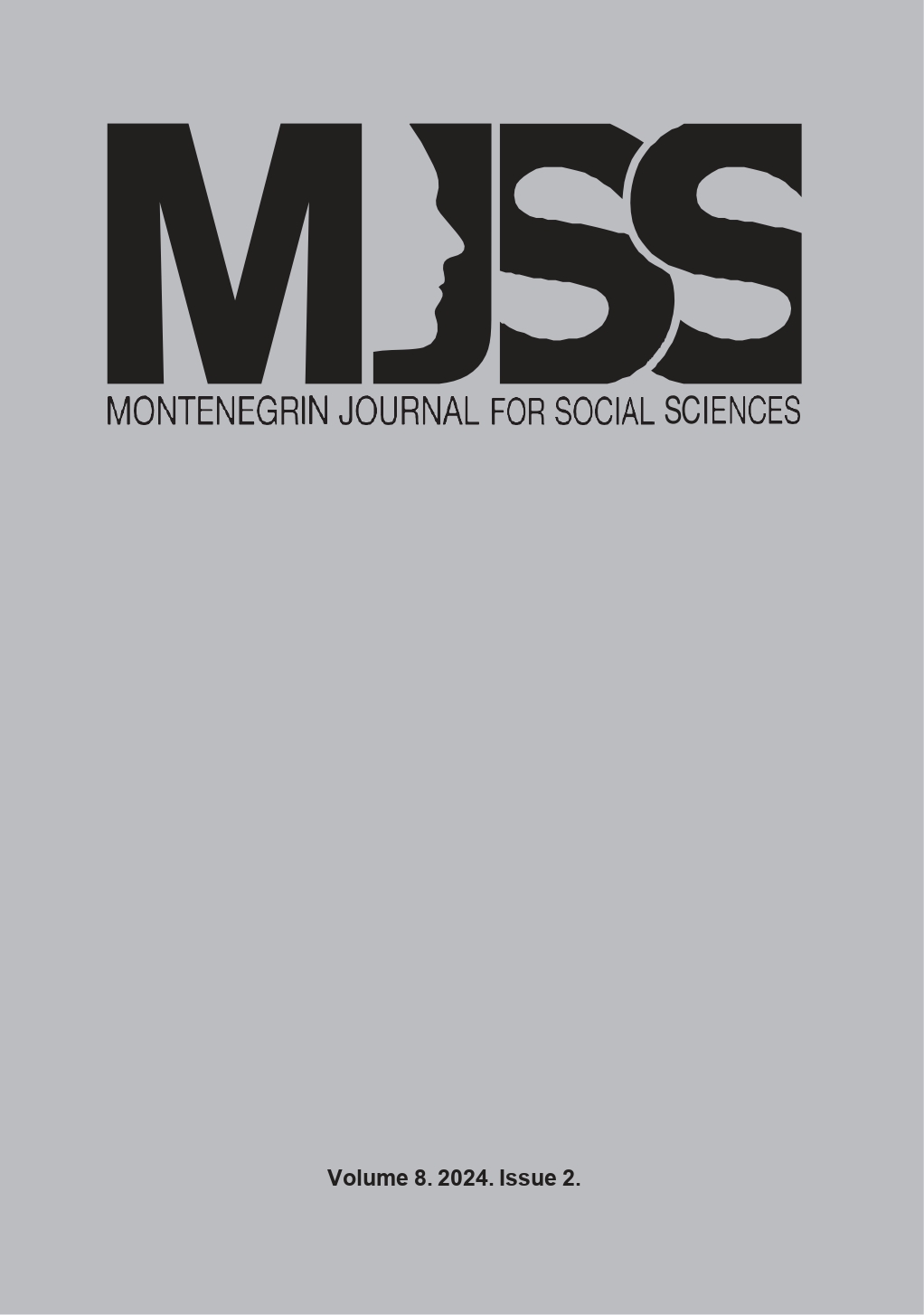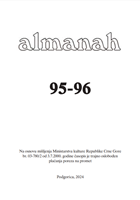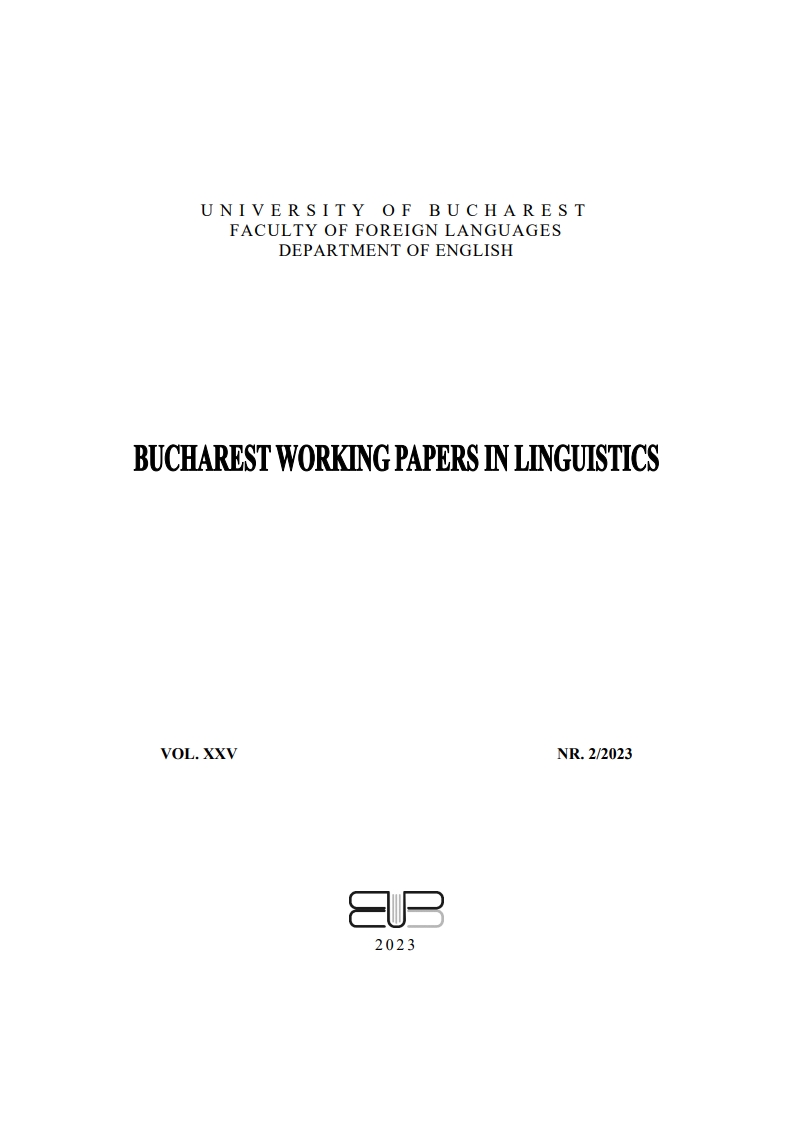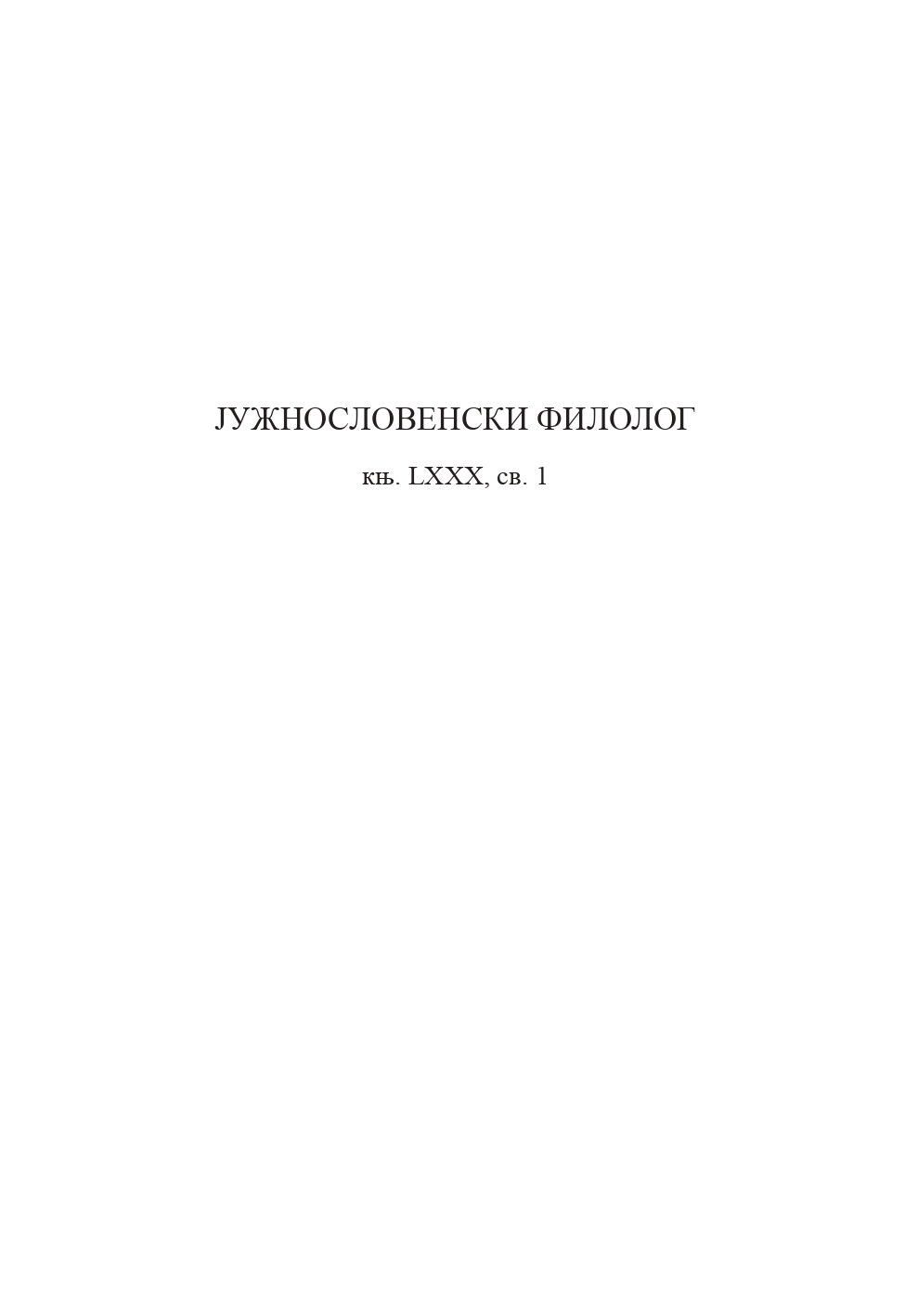Author(s): Yulia L Shapich / Language(s): Russian
Issue: 1/2024
The article is a comparison of diminutives and functionally similar lexical units in Serbian and Russian languages (hereinafter SL and RL). Crosslinguistic lexical comparison is conducted as a preparation for a large bilingual Serbian-Russian dictionary, which is a part of the project on comparative lexicology and lexicography. The article deals with the lexico-semantic category, which in the SL consists of the two subcategories, diminutives and terms of endearment, while in the Russian linguistic tradition it is united under the name diminutives. Lexical units of this group consist of motivated derivatives formed by affi xation with a common primary semantics of diminution in relation to the norm. In terms of grammar, this group consists mainly of nouns, followed by adjectives and adverbs, as well as diminutive verbs in Serbian. The analysis of lexical items beginning with the letters A and B with qualifi ers дем. ‘diminutives’, хип. ‘a term of endearment’ or у дем. значењу ‘in diminutive meaning’ from the one-volume Dictionary of the Serbian Language of Matica Srpska (2018), as well as their potential equivalents in the RL, apart from classifi cation differences, reveals a number of inconsistencies at the level of functions and pragmatics of the units in SL and RL, which make their lexicographic representation diffi cult. Although the frequency of diminutives is higher in RL, the formal equivalent of the SL derivative is sometimes expressed through a synonym (a synonym of the derivative word is searched for and its diminutive form is built), a hyperonym or a syntagm. In the Russian part of the dictionary, the difference between meanings of diminutives and terms of endearment may be neutralized, since Russian derivatives carry a whole paradigm of potential connotations, which are actualized only in communicative situations. Not all communicative situations coincide with those in SL – for example, in RL the use of diminutives in polite communication is known. The lexicographic problem lies not only in fi nding a suitable congruent form, but also in the fact that by identifying lexemes in the dictionary one can impose on the Serbian lexeme connotations from RL that it did not possess in SL. An additional diffi culty of semantics is related to the adequacy of interpretation of diminutives in SL formed from polysemantic words. Namely, it is not always obvious whether “diminution” refers to one of several separated meanings or to all meanings, because there is no qualifi er referring to it, there is no illustration of usage, and the electronic corpus of SL does not provide an adequate number of usage examples. The paper also describes the problem of possible narrowing of the meaning of a lexeme. Finally, the stylistic status of the units is unequal: in RL derivatives with diminutives and / or meaning of subjective evaluation belong mainly to the verbal and colloquial style (and are limitedly recorded in dictionaries), while in SL diminutives are “accepted” in the language and dictionary, which means that they demonstrate a higher degree of lexicalization. The problem of representing diminutives and other lexical structures in a bilingual dictionary should be considered on a broader linguistic material and at the level of the methodology of bilingual lexicography
More...
